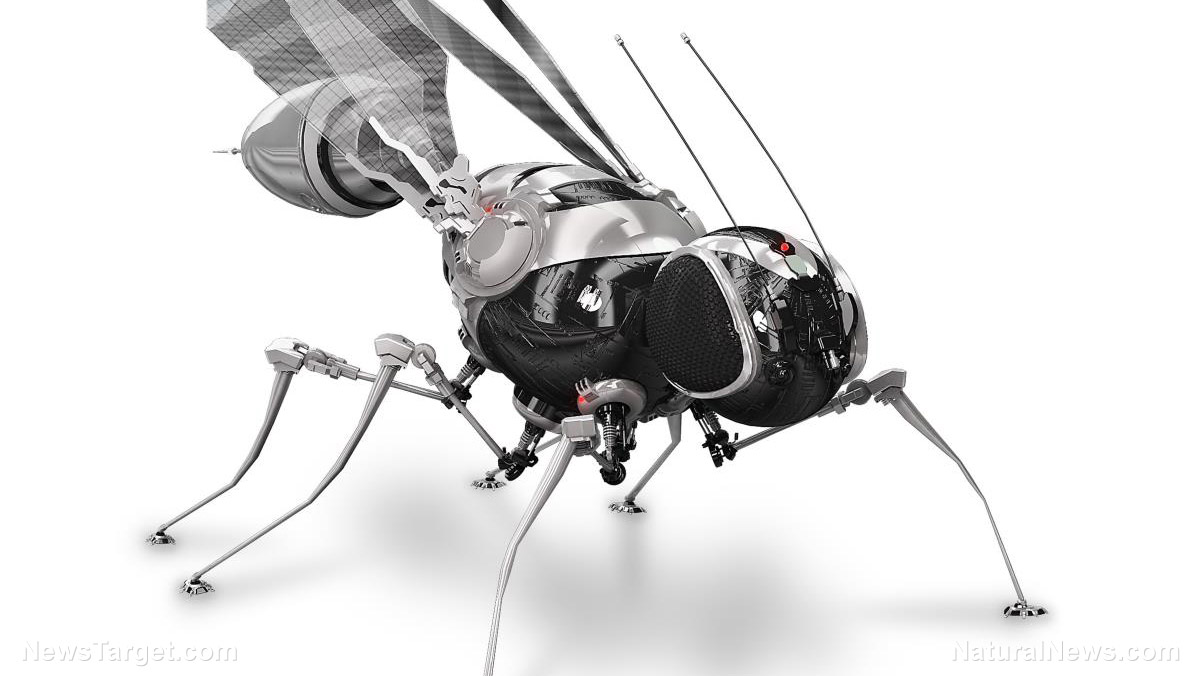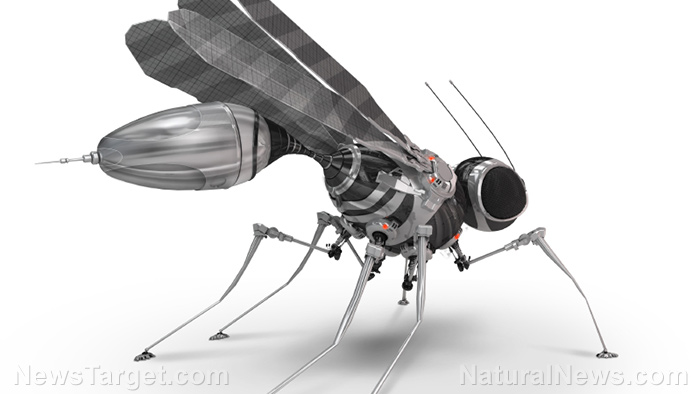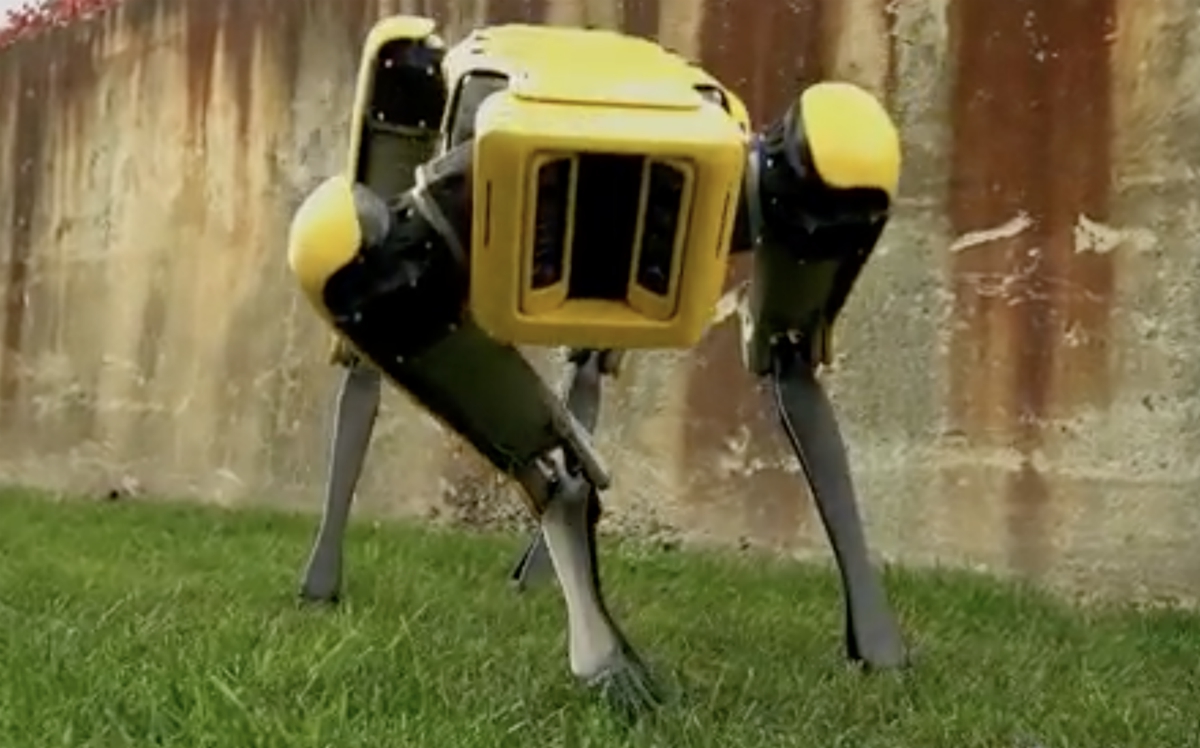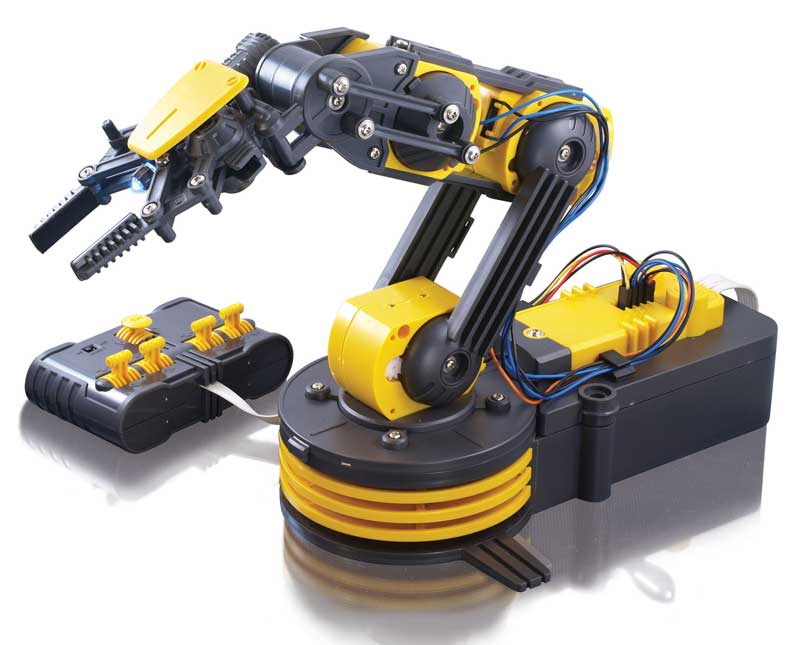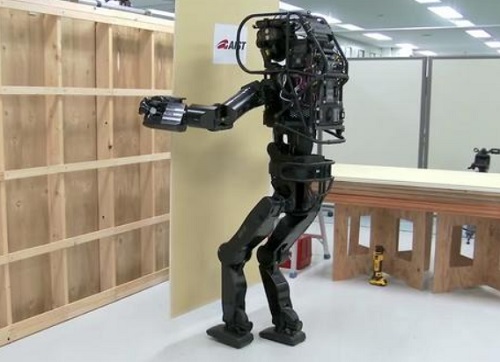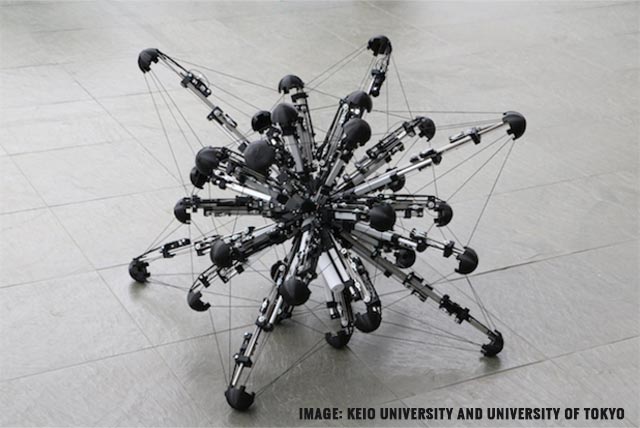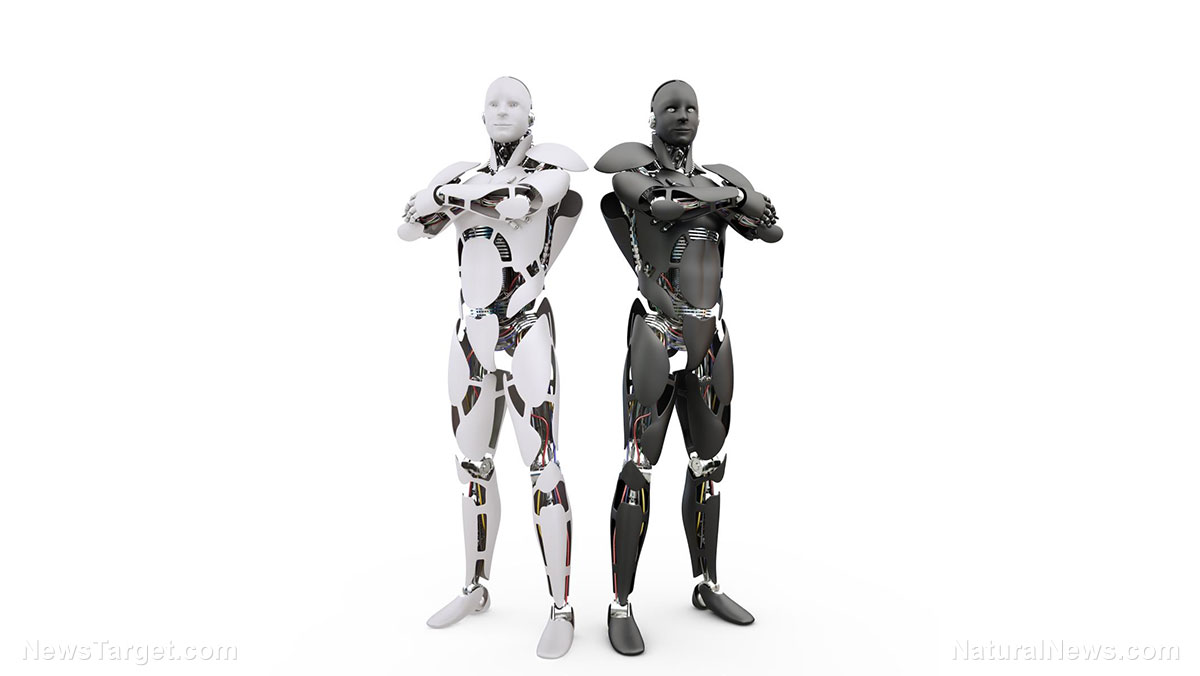Computers the size of a pinhead might be the technology of the future
06/01/2018 / By David Williams
As the trend towards smaller computers continues, experts are always on the lookout for better ways to miniaturize current computer technology without sacrificing things like efficiency, reliability, and safety. Now a team of researchers have come up with a method of creating small data storage options for even smaller computers than the smallest ones that are available now.
This is based on a new study conducted by researchers from the University of New Hampshire, where it was proven that it’s possible to use a combination of materials that ultimately offer a stable environment for small yet safe data storage, which is what’s necessary for miniaturized computers to exist. The details of the study were shared by the researchers in a paper titled, “Giant perpendicular magnetic anisotropy in Fe/III-V nitride thin films,” which was published recently in the journal Science Advances.
The researchers said that their proposed combination would invariably allow for a more stable perpendicular anisotropic energy (PMA), which is the key component in a computer’s random-access memory (RAM) or data storage. Their proposed material would consist of ultra-thin films, known as Fe monolayers, which are grown on top of certain non-magnetic substances. In the study, they referred to X nitride substrate, where X could stand for aluminum, boron, gallium, or indium.
According to Jiadong Zang, an assistant professor of physics at the University of New Hampshire, the team is optimistic about the results of their research. “There is a push in the computer industry toward smaller and more powerful storage, yet current combinations of materials can create volatile situations, where data can be lost once the device is turned off,” he explained. “Our research points to this new combination as a much safer option.”
He added that they are now excited to see any long-term effects that their findings might have in terms of changing “the landscape of information technology.” (Related: NaturalNews exclusive: US government developing ultimate cyber weapon; Prime-factoring quantum computing makes encryption obsolete.)
Based on the method devised by the researchers in their study, anisotropic energy could increase by about 50 times, from 1 meV to 50 meV (million electron volts). This would thereby allow larger amounts of data to be stored in much smaller environments, which is what would enable miniaturization of full-sized computers. As of this time’s writing, there is already a provisional patent in the works, which has been filed by UNHInnovation, a division that advocates for, handles, and promotes the intellectual property of the University of New Hampshire.
Zang noted that there is currently a huge movement to switch away from conventional methods in favor of magnetic random-access memory (MRAM) for storage in computers, mainly because of its inherent stability. “Not only is data storage safer, but there is also less radiation emitted from the device,” he explained. “Our calculations and material combination opens the door to possibilities for much smaller computers for everything from basic data storage to traveling on space missions.”
Smaller computers are easier to store, generate less heat, and require less electricity than their largest counterparts, so it would be great if they can be reduced in size even further than what’s currently possible. If the results of this new research catch on, then truly tiny computers, about the size of a regular pinhead, can become a reality sooner rather than later.
Find out more about the future of computers in Computing.news.
Sources include:
Tagged Under: computer memory, computers, data storage, future tech, gadgets, innovation, inventions, magnetic anisotropy, miniature computer, perpendicular anisotropic energy, pinhead computer, PMA, RAM, Random access memory, small computer, technology, tiny computer

